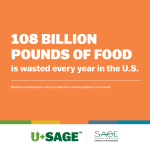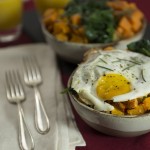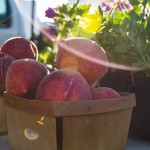International Cuisine: Vietnam
Articles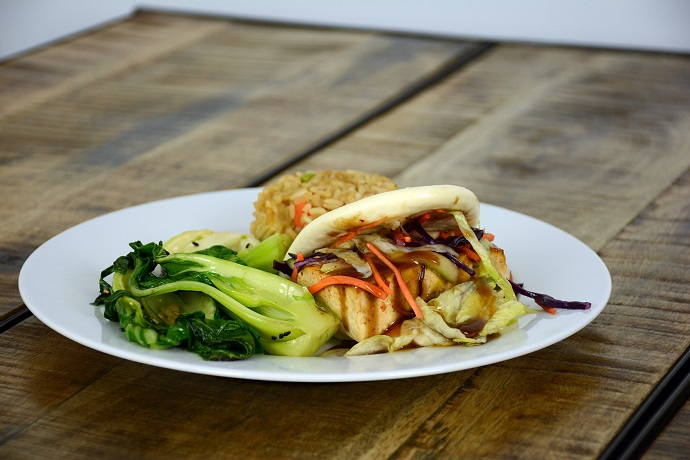
Vietnam is a largely coastal, mountainous country with many inland waterways, tropical lowlands, and heavily forested highlands. Once wreaked by the havoc of the Vietnam War, it’s now a popular destination for foodies and wanderlusters alike. The Diet and Popular Dishes Major Vietnamese protein sources are chicken, egg, pork, seafood, and tofu. The Vietnamese prefer to purchase their meat and poultry at wet markets, rather than supermarkets. The lowlands provide freshwater fish and shellfish, as well as eels, frogs, snails...
International Cuisine: South Korea
Articles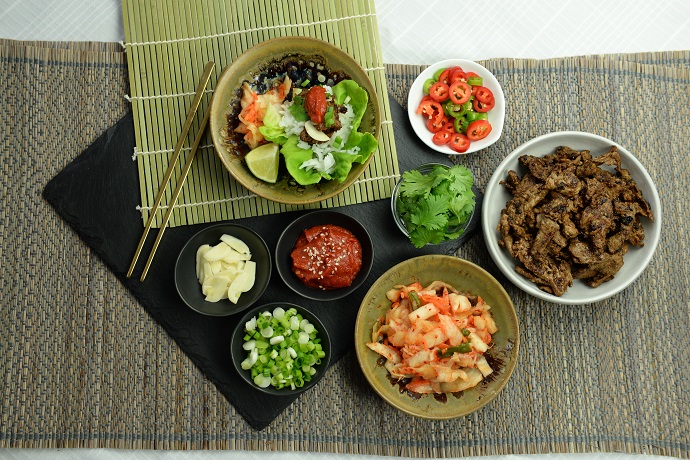
South Korea is a mountainous peninsula with coastal plains; cold, dry winters; and hot, humid summers. The country’s extreme weather and abundant saltwater led its people to preserve food and prevent spoilage by pickling with sea salt. The Diet & Popular Dishes Grains and veggies feature prominently in the traditional Korean diet. White and sticky rice, rice noodles, buckwheat noodles and dumplings, and barley are popular grains. Most of Koreans’ protein traditionally comes from soy. Soy is eaten in many...
On Our Shelves: Mark Kurlansky’s Salt
Articles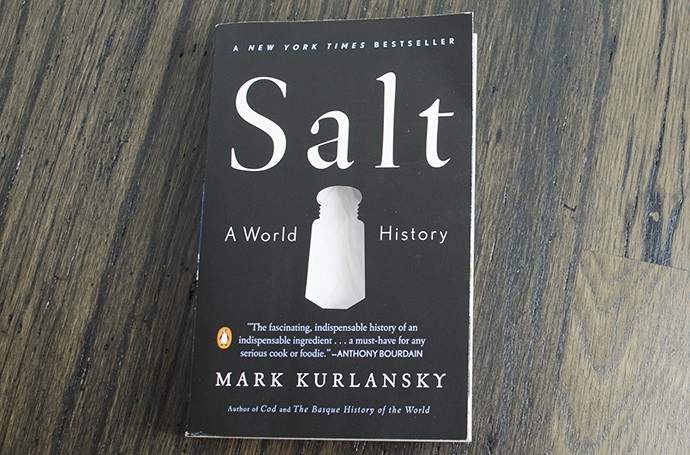
Mark Kurlansky’s 2002 Salt gives a remarkable overview of the history of salt—and salt’s impact on the rest of history. His survey is incredibly broad in scope, addressing East and West, Old World and New alike. Ancient History Kurlansky opens Salt by describing how, in ancient times, salt was associated with magic and fertility. It was a Hebrew symbol of the covenant with God, the sign of a sealed bargain; it was thought to deter evil spirits, and it was...
International Cuisine: Lebanon
Articles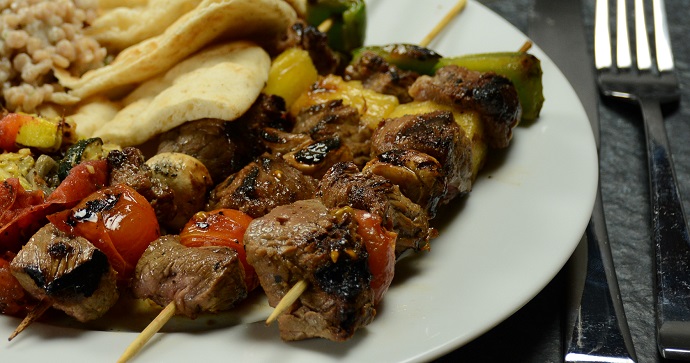
Join us as we continue to explore the traditional diet and popular dishes, kitchen equipment, and eating practices of other countries! This week, we visit Lebanon, a predominately urban Muslim country in the Middle East. The Diet and Popular Dishes: The Lebanese diet is heavy on produce, like tomatoes, eggplant, zucchini, potatoes, spinach, chard, olives, citrus, grapes, apples, grape leaves, and chickpeas. They pair their fruits, veggies, and legumes with wheat, freekeh (toasted green wheat), and rice, as well as...
On Our Shelves: Kitchen Literacy
Articles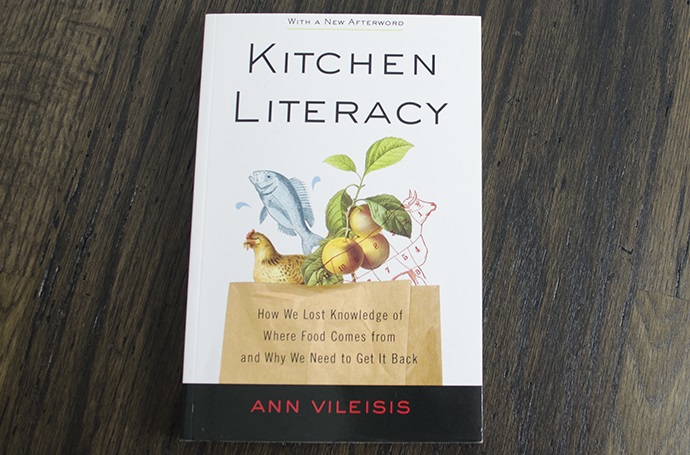
In Kitchen Literacy (2008), independent scholar Ann Vileisis examines “how we lost knowledge of where food comes from and why we need to get it back.” Through overarching historical narratives and attentive close-readings of primary sources like diaries, cookbooks, and advertisements, Vileisis addresses the scientific, political, and personal impact of America’s parabolic trajectory back to the land. The narrative begins in 1998, when Vileisis wonders where the food she’s getting at the store is really coming from—what’s its story...
On Our Shelves: Bee Wilson’s Consider the Fork
Articles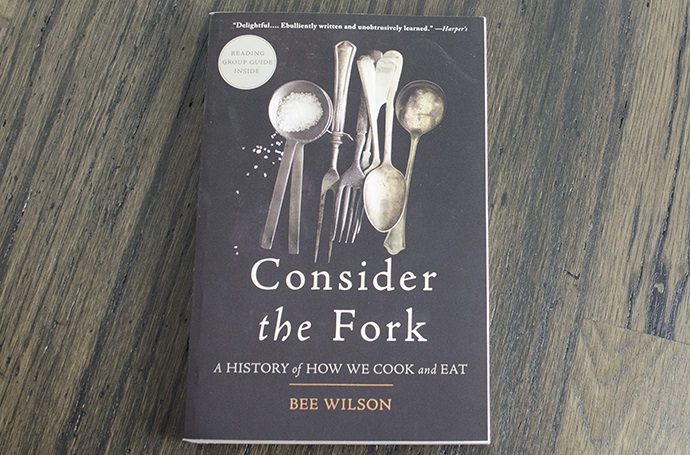
Food writer Bee Wilson’s 2012 Consider the Fork: A History of How We Cook and Eat is a playful, fact-packed, and unabashedly scholarly narrative about the evolution of our culinary tools. Feminist by subject and presentation, the text is unafraid to find interest in the domestic and traditionally female task of preparing food. Wilson begins by reminding us that “every age has its technology.” Stone or sous vide, every new invention enables another, creating new problems to be overcome...
Creating a Healthy Environment to Reduce the Risk of Eating Disorders
Articles
At SAGE, we believe that health is all about balance. However, our society glorifies the opposite of balance—extreme thinness through restriction, exercise, and any other means necessary. Magazine editors, Hollywood directors, media moguls, and clothing designers equate thinness with health, attractiveness, self-control, moral goodness, and happiness. This false equation leads many kids who are already vulnerable to turn to food as a means of control over their lives. Is it any wonder that eating disorders are on the rise? These...
International Cuisine: Poland
Articles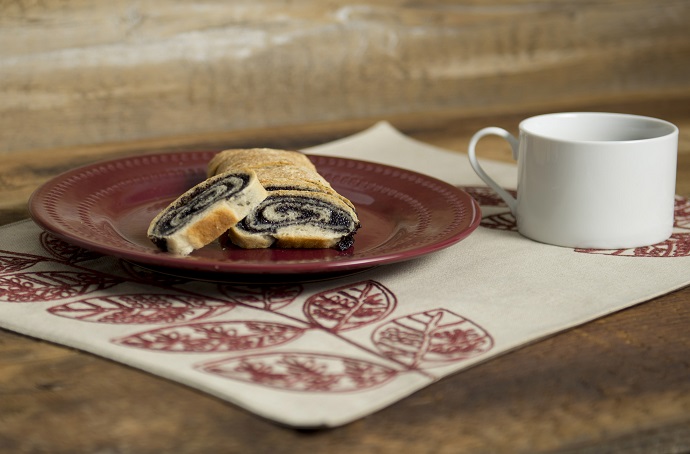
Next up in our series on international cuisine is Poland. Polish cuisine was heavily influenced by Austrian, Hungarian, Russian, Jewish, and German cooking, but there’s been a renewed interest in Poland’s own national heritage and culture since World War II. Join us as we explore the traditional Polish diet, popular dishes, eating traditions, and more! The Diet and Popular Dishes: Geography plays a powerful role in the Polish culinary consciousness. Half of all Polish land is arable, which means they...
